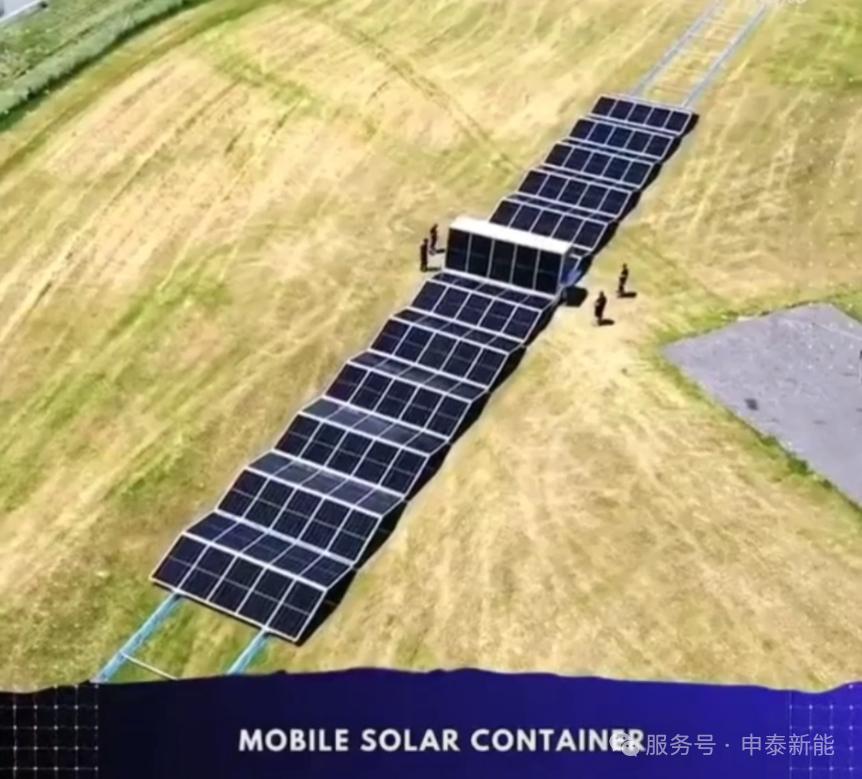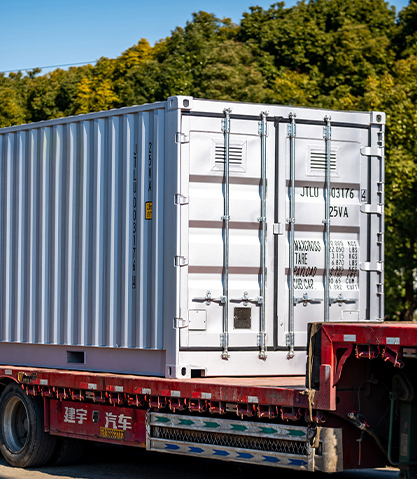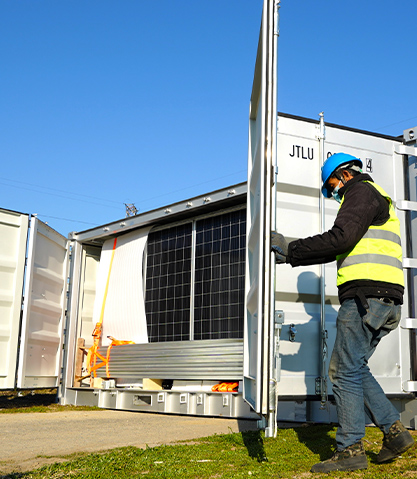Content
- 1 The Growing Need for Renewable Energy Solutions
- 2 What Are Movable Solar Power Plants?
- 3 What Are Traditional Fixed Solar Installations?
- 4 Key Advantages of Movable Solar Power Plants
- 5 Key Advantages of Traditional Fixed Solar Installations
- 6 Comparing Movable Solar Power Plants and Fixed Solar Installations
- 7 Which is Better for Your Needs?
- 8 Conclusion: Weighing the Pros and Cons
The Growing Need for Renewable Energy Solutions
As the world shifts towards sustainable energy, solar power has become one of the most popular solutions for generating clean, renewable electricity. Traditionally, solar installations have been fixed, often mounted on rooftops or large ground-mounted systems. However, with advancements in technology, movable solar power plants are gaining attention for their flexibility and adaptability. In this article, we will compare movable solar power plants with traditional fixed solar installations, evaluating the advantages and drawbacks of each to help you determine which option is best suited for your needs.
What Are Movable Solar Power Plants?
Movable solar power plants, also known as portable or flexible solar arrays, are designed to be easily relocated and set up in various locations. These systems consist of solar panels mounted on mobile units such as trailers or trucks, enabling quick installation and mobility. Movable solar plants are often used for applications where energy needs are temporary or mobile, such as in construction sites, disaster recovery zones, or remote areas where a permanent installation is not feasible.
What Are Traditional Fixed Solar Installations?
Traditional fixed solar installations are permanent setups where solar panels are mounted either on rooftops or on the ground at a specific location. These systems are designed for long-term use and are typically installed at a single location with no ability to be moved. Fixed installations are most commonly used in residential, commercial, and industrial settings where energy needs are consistent and long-term. Once installed, these systems usually remain in place for 20 years or more with minimal maintenance.

Key Advantages of Movable Solar Power Plants
Movable solar power plants offer several unique advantages that make them suitable for specific use cases:
- Portability and Flexibility: The biggest advantage of movable solar power plants is their ability to be relocated. They can be easily transported and set up at different sites, making them ideal for temporary applications or emergency energy needs.
- Quick Installation: Movable solar plants are designed for rapid deployment, often requiring minimal setup time. This makes them perfect for situations where speed is crucial, such as in disaster relief or construction sites.
- Cost-Effectiveness in Temporary Applications: For short-term projects or mobile energy needs, movable solar plants can be more cost-effective than fixed installations, which may require higher upfront costs and long-term commitment.
- Energy Independence in Remote Locations: Movable solar power plants are particularly useful in off-grid or remote areas, where traditional infrastructure may not be available or cost-effective to install.
Key Advantages of Traditional Fixed Solar Installations
Traditional fixed solar installations are known for their stability and long-term benefits:
- Long-Term Cost Savings: Although the initial investment in fixed solar installations may be higher, they generally offer greater long-term savings in energy costs. They are designed for permanent use, often paying for themselves in savings over 10–20 years.
- Higher Energy Efficiency: Fixed solar installations are typically optimized for maximum energy production based on the location's solar exposure. Once installed, they tend to offer a more consistent and higher energy output compared to movable systems.
- Lower Maintenance Costs: Fixed systems are generally low-maintenance and have fewer moving parts, which leads to less wear and tear over time. This results in lower maintenance and repair costs over the system's lifespan.
- Ideal for Long-Term, Stable Applications: Fixed solar installations are perfect for locations where energy needs are consistent and long-term, such as residential homes, commercial buildings, and industrial plants.
Comparing Movable Solar Power Plants and Fixed Solar Installations
To better understand the differences between movable solar power plants and traditional fixed solar installations, let’s compare their performance based on several factors:
| Factor | Movable Solar Power Plants | Fixed Solar Installations |
| Portability | Highly portable; can be relocated as needed | Permanent setup; fixed in one location |
| Energy Efficiency | Lower efficiency, dependent on setup location and movement | Higher energy efficiency due to permanent positioning and optimization |
| Cost | Lower initial cost; more cost-effective for temporary needs | Higher initial cost; better value over the long term |
| Installation Time | Quick and easy setup | Longer installation time due to complexity and location requirements |
| Maintenance | May require more frequent maintenance due to mobility | Generally low maintenance |
Which is Better for Your Needs?
The decision between movable solar power plants and fixed solar installations depends on your energy needs and the type of project you’re working on:
- Choose Movable Solar Power Plants if: You need temporary energy solutions, are working in remote or off-grid areas, or require quick deployment for short-term projects.
- Choose Fixed Solar Installations if: You are looking for a long-term, stable energy solution for a home, business, or industrial application, and you are able to make a higher upfront investment.
Conclusion: Weighing the Pros and Cons
Both movable solar power plants and traditional fixed solar installations have distinct advantages depending on the application. Movable solar plants provide flexibility, speed, and portability, making them ideal for temporary or mobile energy needs. In contrast, fixed solar installations offer greater energy efficiency, long-term savings, and reliability for permanent energy needs. When choosing the right option, consider your energy requirements, budget, and the length of time you will need the system to operate. Both systems contribute to the transition to clean energy, but the best choice will depend on your specific circumstances and goals.

 English
English 中文简体
中文简体 عربى
عربى



